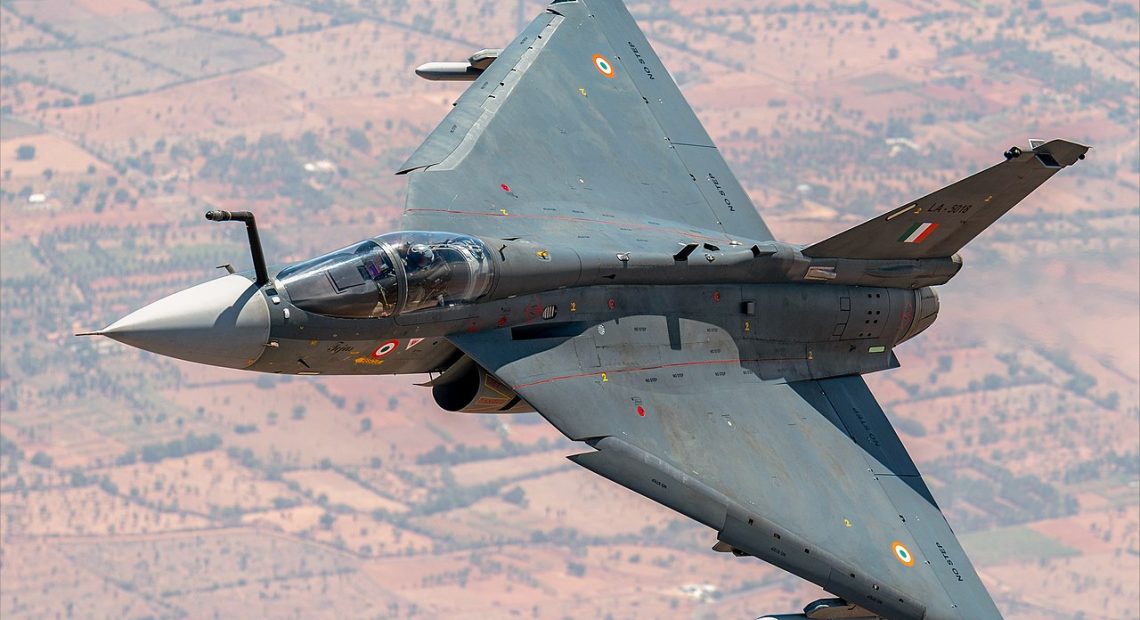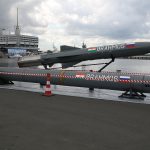
Tejas Mk1A to Use Uttam Radar from 41st Jet Onwards
DRDO Chairman Dr. Samir V. Kamat has officially confirmed that India’s homegrown Uttam Active Electronically Scanned Array (AESA) radar will be integrated into the Tejas Mk1A fighter jets starting from the 41st aircraft. This announcement clarifies recent confusion over whether Israeli radar systems would be used throughout the entire production run.
Tejas Radar
The clarification puts to rest speculation that all 73 Tejas Mk1A jets would be equipped with the Israeli EL/M-2052 radar. Instead, only the initial 40 aircraft will use imported systems due to timeline constraints, while the rest will incorporate the indigenous Uttam radar developed by DRDO’s Electronics and Radar Development Establishment (LRDE).
This phased adoption reflects a strategic decision to ensure timely delivery of aircraft to the Indian Air Force, while also maintaining the long-term goal of technological self-reliance.
Certification and Deployment
Hindustan Aeronautics Limited (HAL) had earlier issued procurement interest to Israeli vendors for both radar and electronic warfare suites, citing delays in the certification of DRDO’s Uttam radar and the SRK EW suite. These delays were attributed to pending clearances from the Centre for Military Airworthiness and Certification (CEMILAC). However, DRDO has assured that certification processes are nearing completion and integration with Tejas Mk1A will proceed as planned.
The Uttam AESA radar has already completed over 125 successful flight sorties and demonstrates capabilities comparable to leading global systems. It features over 900 transmit-receive modules and supports functions including air-to-air combat, air-to-ground operations, Synthetic Aperture Radar (SAR) imaging, and electronic counter-countermeasures (ECCM).
Strategic Implications
The shift to the Uttam radar from the 41st Tejas Mk1A aircraft marks a significant milestone in India’s defence indigenisation journey. It balances the need for operational readiness with the imperative of building long-term domestic capability in advanced avionics.
This move is also expected to give a strong push to the Indian private defence manufacturing ecosystem. The supply of Uttam radar units for the Mk1A program will be supported by private vendors, with full production expected to begin by 2026.


















